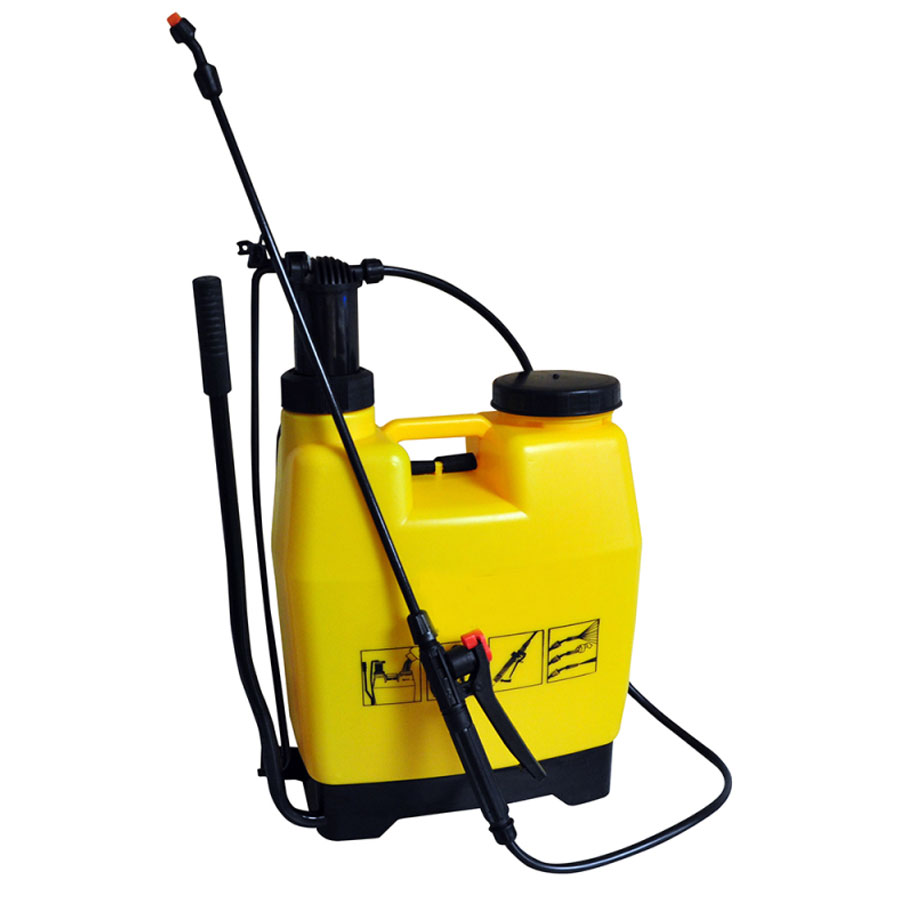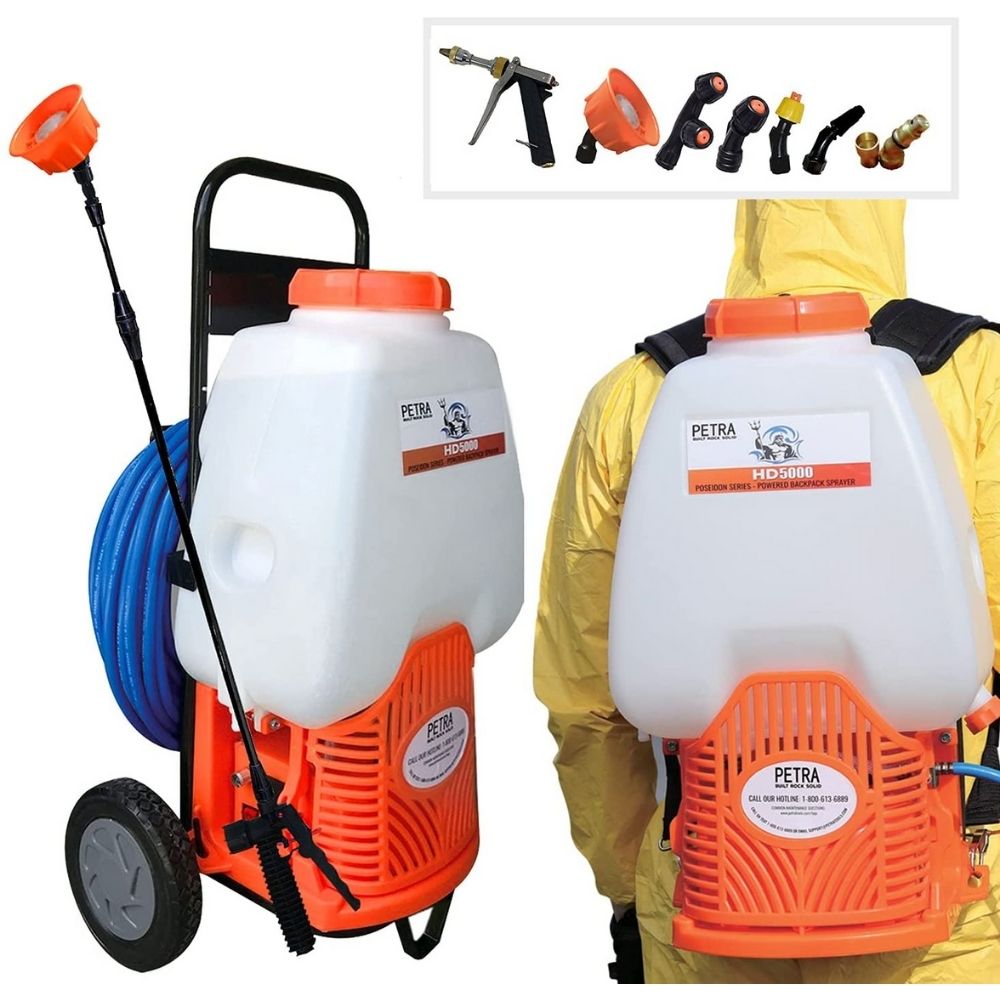Keeping your Stihl backpack sprayer running smoothly isn’t just about getting the job done; it’s about maximizing its lifespan and ensuring consistent, reliable performance. These powerful machines are investments, and understanding how to maintain them properly will pay dividends in the long run. This guide dives deep into the intricacies of Stihl backpack sprayer maintenance, covering everything from engine care to practical tips for extending its operational life. Whether you’re a seasoned professional or a weekend warrior, this information will help you get the most out of your equipment.
Understanding Your Stihl Backpack Sprayer: Engine Options and Torque

Before we delve into maintenance, let’s briefly discuss the types of engines you might find in your Stihl backpack sprayer. Stihl typically equips its sprayers with robust, reliable two-stroke engines. These engines are known for their power-to-weight ratio, making them ideal for backpack application. The specific engine model will influence the sprayer’s overall performance and torque output. Torque, in this context, is the twisting force that the engine produces. It’s crucial for effective spraying because it determines how easily the pump can overcome pressure and deliver the solution consistently. Higher torque translates to more efficient spraying, particularly when dealing with thicker solutions or higher pressures.
You won’t find explicit torque specifications listed in the same way you might for a vehicle. Stihl’s specifications usually focus on engine displacement (cubic centimeters), power output (horsepower or kilowatts), and pump pressure. However, the higher the engine’s horsepower and displacement, the greater its potential torque output. A higher displacement engine generally signifies more power and therefore more torque. Understanding these specifications helps you understand the potential performance of your specific model.
Towing Capacity (Where Applicable): A Note on Larger Models

While most Stihl backpack sprayers are designed for hand-carried operation, some larger models might have attachments or options for towing or carting. If your sprayer has such capabilities, it’s crucial to check the manufacturer’s recommendations for towing capacity. Exceeding the specified weight limit can damage the sprayer’s components or pose a safety hazard. Remember, the towing capacity will be significantly lower than that of a dedicated utility vehicle. Always prioritize safety and adhere to the manufacturer’s guidelines.
Comparing Stihl to Competitors: What Sets Stihl Apart?

Stihl has earned a reputation for high-quality, durable equipment. Compared to competitors, their backpack sprayers often feature superior engineering, robust construction, and a focus on ergonomic design. While price points might be higher, the longer lifespan and reduced maintenance requirements often make them a cost-effective investment in the long run. Key differences you might find include: longer warranty periods, more advanced engine technology (leading to better fuel efficiency and power), and superior pump systems. Factors like ease of maintenance, parts availability, and the overall reputation of the brand should also be considered when comparing models. Researching reviews and comparing specifications is crucial before purchasing any backpack sprayer.
Maintaining Your Stihl Backpack Sprayer: A Step-by-Step Guide

Proper maintenance is paramount to extending the life of your Stihl backpack sprayer. Here’s a comprehensive guide:
1. Pre- and Post-Spraying Rituals:
Before each use, inspect the sprayer for any damage or leaks. Check the fuel level, mix the correct solution according to the manufacturer’s instructions, and ensure all nozzles are clean and free of blockages. After spraying, thoroughly clean the tank and all components to prevent residue buildup. Rinse the pump and lines with clean water.
2. Regular Cleaning:
Regularly clean the exterior of the sprayer to remove dirt, debris, and chemical residue. Use a damp cloth and avoid harsh chemicals that could damage the plastic or metal components. Pay special attention to the air filter. A clogged air filter restricts airflow, impacting engine performance. Consult your owner’s manual for the recommended cleaning frequency and methods.
3. Fuel and Oil Management:
Always use the correct fuel and oil mixture as specified in your owner’s manual. Using the incorrect ratio can severely damage the engine. Keep the fuel tank clean and avoid storing fuel for extended periods. Regularly check the oil level and top it up as needed. Using fresh fuel and clean oil is vital for optimal performance and longevity.
4. Filter Maintenance:
As mentioned earlier, the air filter plays a crucial role in engine health. Inspect and clean the air filter regularly. Replace it if it becomes excessively dirty or damaged. A clean air filter ensures optimal combustion and prevents engine damage caused by dust and debris ingestion.
5. Pump Care:
The pump is the heart of your sprayer. Regularly inspect it for wear and tear, leaks, or blockages. Flush the system with clean water after each use. If you notice any issues, consult your owner’s manual or contact a qualified Stihl technician.
6. Storage:
When storing your sprayer, make sure it’s clean and dry. Store it in a cool, dry place, away from direct sunlight and extreme temperatures. Cover it with a protective cover to prevent dust and moisture accumulation.
7. Professional Servicing:
Schedule regular professional servicing by an authorized Stihl dealer. These technicians have the expertise to perform more in-depth checks, adjust settings, and carry out necessary repairs. Following the manufacturer’s recommended service intervals will ensure your sprayer remains in top condition.
Troubleshooting Common Issues
If your Stihl backpack sprayer malfunctions, don’t panic. Consult your owner’s manual for troubleshooting tips. Common issues include clogged nozzles, fuel-related problems, and pump malfunctions. If you can’t resolve the issue yourself, contact a qualified Stihl technician for assistance. Timely repair prevents minor issues from escalating into major problems.
By following these maintenance tips and practicing preventative care, you can ensure your Stihl backpack sprayer provides years of reliable and efficient service, helping you tackle any spraying task with confidence.